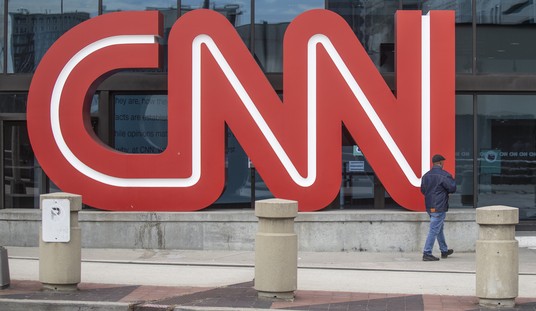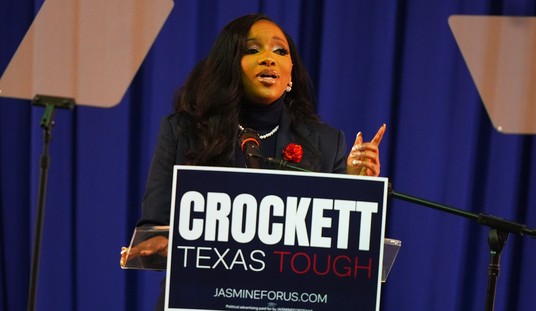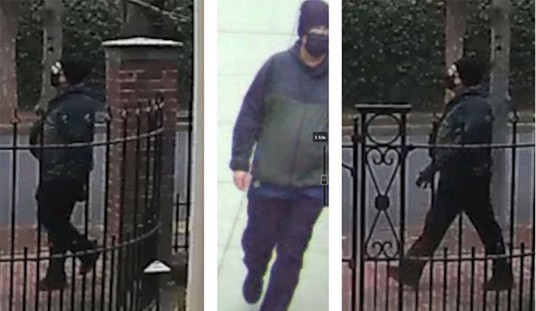From the early days of the Montgomery (Alabama) Improvement Association in which Dr. King became the first president in December 1955, to the March on Washington in August of 1963, the Civil Rights Movement went beyond giving blacks a chance to escape poverty. In an amazingly short time, employment, housing, and educational opportunities were abound. At the time of King’s assassination, the black quest for economic equality seemed achievable. King’s greater dream, however, of complete racial harmony remains quite elusive.
A perennial question for me is: “What steps must be taken to eradicate the specter of racism from our nation?” Equal Employment Opportunity (EEO) laws were deemed very important as the ‘60s unfolded and the ‘70s paved the way for enormous economic gains for blacks. My own father ascended out of the U.S. Post Office ranks to the role of Director of Personnel for the Bureau of Engraving and Printing largely because of the (EEO) laws of the 1960s. The first in his family to attend college, he was educated on the G-I bill, and moved like a NFL running back through a myriad of positions blacks had never held within the government. In the final years of his career, my family moved to Washington, DC and broke through a major financial glass ceiling living a life of impact and personal prosperity.
The EEO system and regulations worked for our nuclear family, while my uncle (one of the Army’s first black officers in WWII) endured so many emotional scars from both the foreign and domestic wars that he never found the lasting career success of his younger brother (my father). With the first black president in place for a second term, it may be a hard sell to the policy-making world that EEO laws are still needed. Ironically, our nation’s champion of larger government my help prove to the nation that no more special help is needed for the average black citizen; despite the glaring problems of generational poverty, uneven educational achievement between blacks and whites, the high ratios of black imprisonment, black on black crime, and numerous other indicators of community health.
Recommended
A quick glance around the world reminds us that the “harmony” that King dreamed of was rarely enjoyed in international racial squabbles. In 1994, the world was shocked to silence as 800,000 Tutsis were massacred via machete in the tiny African nation of Rwanda. Modern studies of thousands of mass graves suggest that the Khmer Rouge slaughtered upwards of 1.4 million Vietnamese, Thai and other ethnic groups in the late 1970s. Indeed, the educated observer cannot help but place the United States among the more harmonious multiracial societies that have existed in history.
Since the Civil War that claimed 600,000 American lives, America hasn’t known such large scale bloodshed on our own shores, among our own people. We live peaceful lives, for the most part, despite our differences. We work together, live next to one another, go to school together and even marry one another. Yet we still struggle to live up to Dr. King’s dream of harmony and the vision articulated in our founding documents: the idea that all humans are indeed created with equal worth and should be treated equally in the eyes of the law.
To be sure, it took quite some time before these ideals were even fully expressed in law. Until the Thirteenth, Fourteenth and Fifteenth Amendments, members of one race were held in legalized bondage. For decades after that, that same race was legally forbidden to attend particular schools, use particular bathrooms, and often prevented from voting. But one by one, the Civil Rights Movement succeeded in getting these laws repealed peacefully. No machetes. No killing fields.
Yet visible inequality prevails. The question for our generation is: have we reached the limits of what changing the law can actually do to correct such inequalities? Repealing legislation which violates the equal protection clause of the Constitution is a matter of justice. And more importantly do such laws actually raise the standard of living of the targeted minority groups?
Check out Part 2 of this commentary to look at the issue of education among minorities…
























Join the conversation as a VIP Member